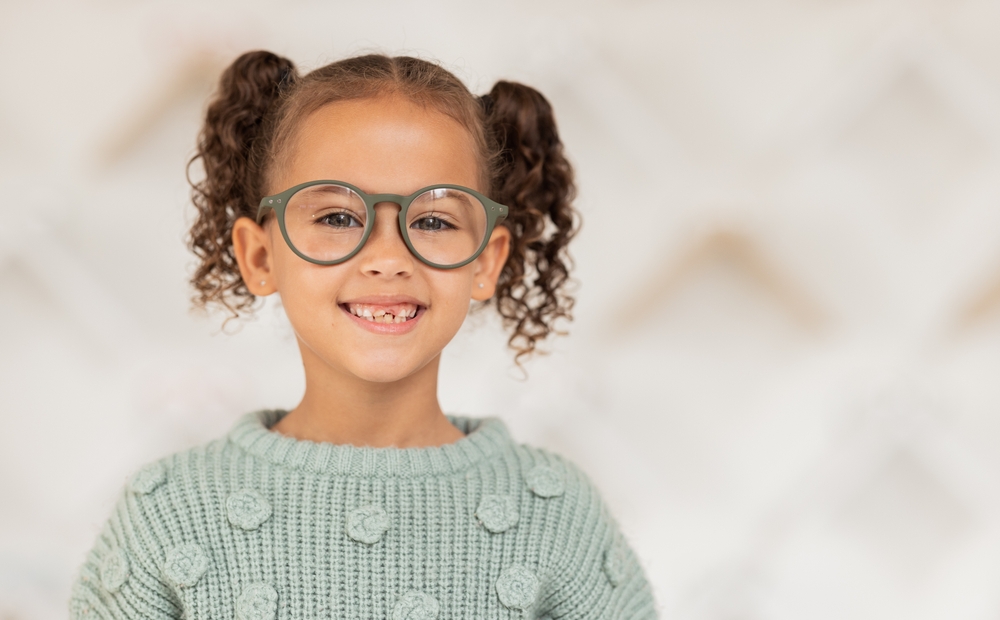
Myopia or nearsightedness makes distant things blurry. It happens when the eye is too long or the cornea is too curved. Either scenario results in light rays focusing in front of the retina instead of on it. Myopia can cause eye problems, headaches, squinting, and poor performance in school or sports. But you can prevent or slow myopia in your little one. Here are some tips:
Encourage Outdoor Time
Studies suggest that spending more time outdoors can lower the chances of developing myopia or slow its progression. The exact mechanism is not clear, but it may be related to the following:
Exposure to natural light
Relaxation of the eye muscles
Prevention of near work
Encourage child enjoy at least two hours of outdoor fun daily, especially when the sun shines bright. Of course, you should also protect your child's eyes from harmful UV rays using sunglasses and hats.
Limit Screen Time
Too much screen time can strain the eyes and contribute to myopia. Too much screen time can make your child's eyes tired, dry, blurry, or achy. They may also blink less often, affecting the tear film that lubricates the eyes.
Limit your child's screen time to no more than two hours daily. Also, please encourage them to take frequent breaks from the screen. You should also adjust the screen's brightness, contrast, and distance to make it comfortable for your child's eyes.
Provide Adequate Lighting
Poor lighting can strain the eyes and cause myopia. Children who read or study in dim light may squint or hold their books too close to their eyes. This can affect their focusing ability and eye growth.
Ensure your little one has enough light when doing near work. You should also avoid using overhead lights or lamps that create glare or shadows on the reading material. A desk lamp with soft and even illumination is ideal.
Monitor Your Child's Vision
Regular eye exams for your little one are essential for detecting and treating myopia early. Take your child for a complete eye checkup at six months, three years, and before school starts. After that, they should have an eye exam every year or as their eye doctor recommends.
Visit an eye doctor soon if your child has eye problems, headaches, squinting, or poor vision at school. Your child may need glasses or contact lenses to correct their vision and prevent further deterioration.
Explore Treatment Options
Your little one may benefit from other treatments that may slow myopia progression. These include:
Orthokeratology
Atropine eye drops
Multifocal glasses or contact lenses
These treatments are not suitable for everyone and may have some side effects or risks. You must consult your child's eye doctor before trying any of them.
Protect You Child’s Vision Today
Myopia is a common and treatable condition affecting your child's quality of life and eye health. By following these tips, you can help your child prevent or manage their myopia and enjoy a clear vision for years to come.
For more information on how to reduce your child’s risk of myopia, visit Woodley Optometry at our Encino, California office. Call (818) 862-4800 to schedule an appointment today.








